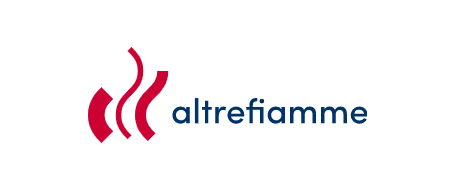Particularly the latter thereby transformed the human trajectory like no other.
So, already from a culinary perspective it is very important to know where a piece of fuel wood came from and how it was prepared.
Then there is of course the hugely important question of sustainability. Did the tree come from a sustainably managed forest?
And finally, the question of regionality is increasingly taking center stage. How fare did the wood travel?
Together they are sending a clean message: traceability of wood is everything! Fortunately, this is already common practice in many parts of the wood and forestry sector. Traditionally this is done via database linked, automated identification and infotracing systems that rely on specific marking pressed into the surface of the logs.
A time consuming and costly process which can be falsified or corrupted.
ENTER BLOCKCHAIN
However new and emerging technologies show great promise in streamlining and tamper proofing the practice. Chief amongst them is the blockchain technology. It works by users, so called nodes, adding new blocks of data to a chain of digital information. The chain is thereby cryptographically linked which makes it highly secure and resistant to manipulation.
Furthermore, is the information of the individual blocks as well as the whole chain always visible to all users of the network, making it intrinsically transparent and even more difficult to hack.
Because it is decentralized it is also called “distributed ledger technology”.
But how is this technology applied in the tracking of wood?
At the time of logging, a trees GPS coordinates are recorded in a block of data. This block then gets securely added to the blockchain. On the log itself a so called “small tag” (which can be anything from an QR code to an RFID chip) gets attached and links it to the GPS information in the blockchain.
Every time the log arrives now at its various destinations throughout the supply chain its smart tag gets scanned, and it is revealed where exactly the tree was logged. The location gets automatically checked against a database of illegal logging areas. If it were from such an area, it would be immediately blocked.
The digital transaction documents such an interaction creates, are also continuously added to the blockchain, allowing the complete, and secure tracking of a trees journey, from forest to finished product. In the fuel wood use case it could be also used to verify that a piece of wood was indeed airdried for the purport amount of time at a given location.
Of course, does also this system rely on the honest and accurate transference of smart tags between cut portions of the tree during processing. However, there are several ways to verify the location information. Chief amongst are isotopic and genetic fingerprinting.
While the one takes advantage of the natural variations of stable isotopes (non-radioactive forms of atoms) stored within the wood the other analysis the woods unique genetic patterns.
They are the both compared to existing sample libraries, allowing an accurate localization. If employed frequently both methods should be a strong deterrent for fraudulent activity.















